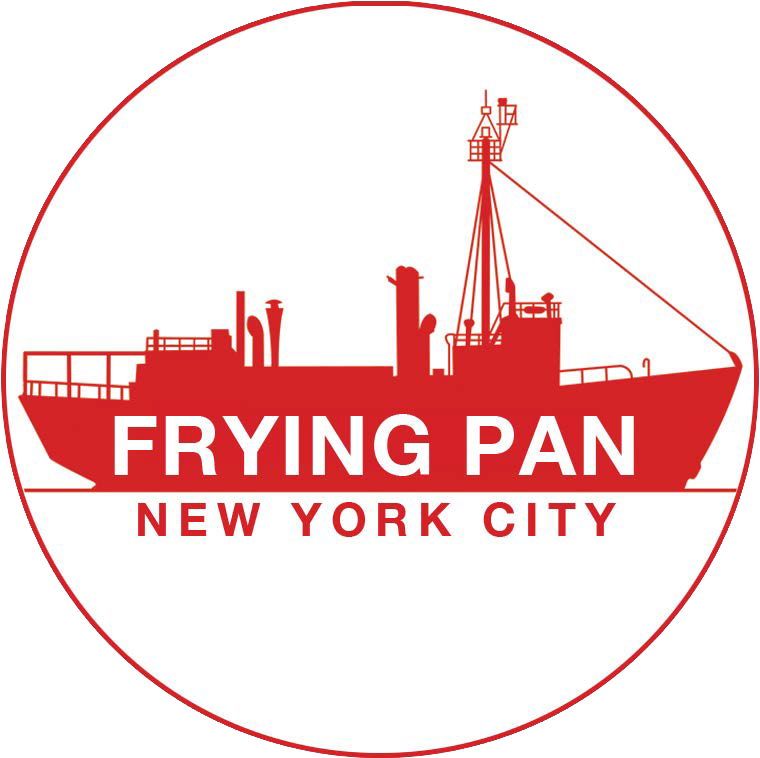The Big Red Boat
Lightship "Frying Pan" is listed on both the New York State and Federal Register of Historic Places, as it is one of 13 lightships remaining from the more than 100 built.
The US Coast Guard used lightships as floating lighthouses to guard other ships from running aground on shoals (or submerged rocks) that were too far from land to be served by a lighthouse on shore. Many were also used to mark the entrances to harbors. New Yorkers may be familiar with the Lightship Ambrose, which once marked the entrance to New York Harbor. It is currently docked at the South Street Seaport Museum.
Built in 1929, Lightship #115 "Frying Pan" guarded its namesake Frying Pan Shoals, 30 miles off Cape Fear, NC, from 1930 to 1965. She is 133-feet, 3-inches in length, with a 30-foot beam, a draft of 13-feet, 8-inches, and she weighs in at 632 gross tons. The unique shape of lightship hulls were designed to withstand the numerous storms and even hurricanes that would send other ships to safer harbors. 15 men lived aboard the ship to keep the light atop the mast burning and the foghorn sounding, regardless of the weather, season, or time of day. The crew were stationed aboard ship for three months, followed by two months of shore leave. It was said to be a job "filled with months of boredom followed by minutes of pure fear".
Lightship Frying Pan has led a remarkable life, including a stint at the Panama Canal during World War II. After being abandoned for 10 years while docked at an old oyster cannery in the Chesapeake Bay, we believe she sank due to a broken pipe. She was underwater for three years before being raised by salvors, but, instead of going to the scrapyard, the ship was sold to its present owners, John & Angela Krevey. After tons of silt and shells were removed from the hull, the ship was outfitted with a new engine and, in 1989, sailed to New York City.
Frying Pan is now docked at Pier 66 Maritime, which is located at Pier 66a in the Hudson River Park at West 26th Street and 12th Ave. in Manhattan, NY. While the outside of the ship has been restored to her original appearance, the inside retains the barnacle-encrusted, sunken-ship motif that acknowledges her storied past.
